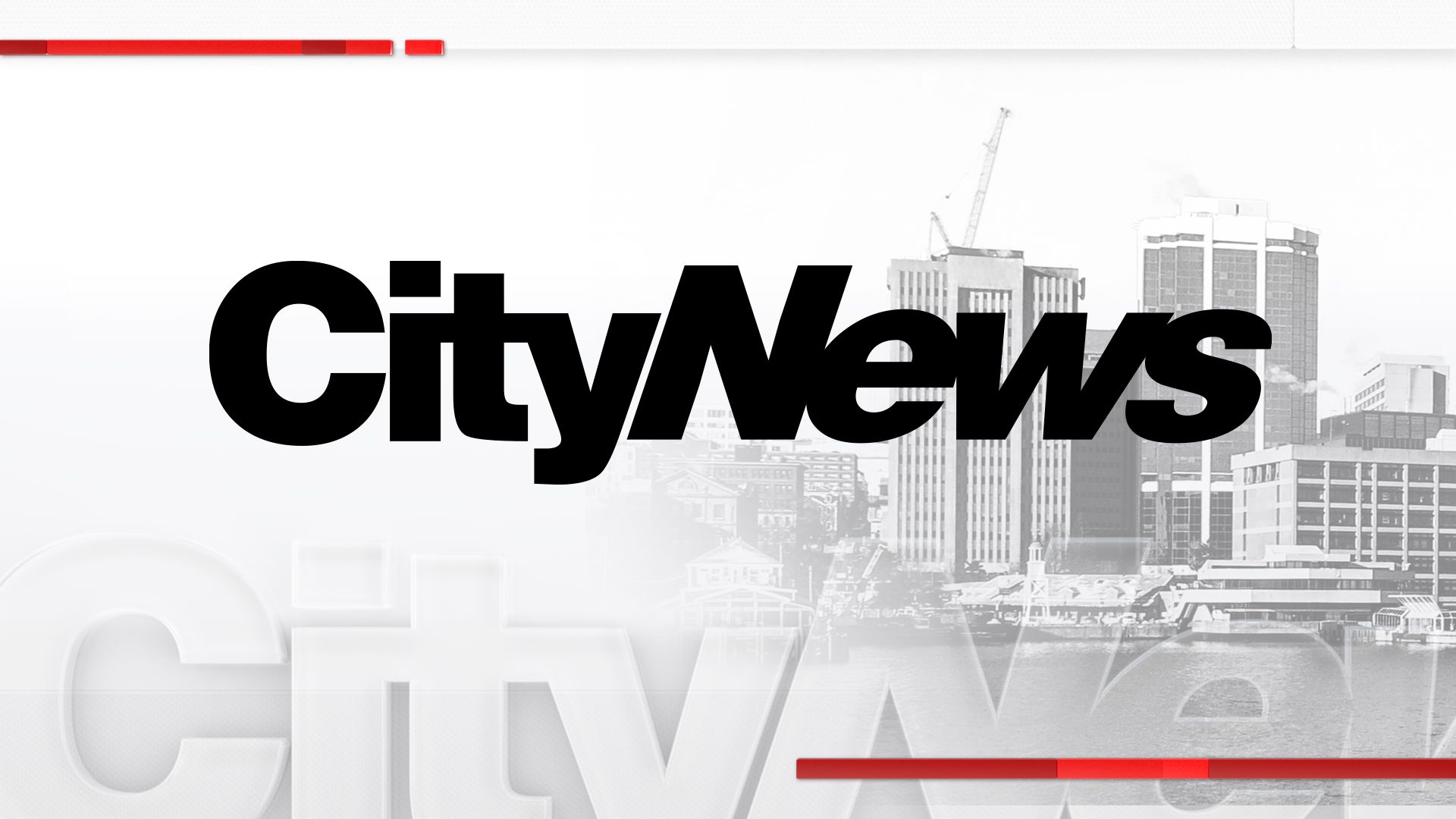World
Peru Votes on Amazon Reserve to Protect Isolated Indigenous Tribes

A commission in Peru is set to vote on the establishment of the long-awaited Yavari Mirim Indigenous Reserve, aimed at protecting five uncontacted tribes from external threats. The vote, scheduled for Thursday, will determine whether the reserve will be created in a remote area of the Amazon, along the Loreto region’s border with Brazil. The reserve would safeguard the Matses, Matis, Korubo, Kulina-Pano, and Flecheiro tribes, who live in voluntary isolation and are vulnerable to disease and exploitation.
The proposed reserve covers approximately 1.17 million hectares (around 2.9 million acres), comparable in size to Jamaica. This initiative has been in discussion for over two decades, initially supported by Indigenous organizations in 2003. The Commission for Indigenous Peoples in Isolation, which comprises several government ministries, must approve the plan before it can be sent to the Cabinet for formal creation through a decree from the Ministry of Culture, the agency responsible for protecting Indigenous peoples.
The urgency of this decision stems from ongoing threats faced by Indigenous communities in Peru’s Amazon, including illegal logging, mining, and drug trafficking. Under Peru’s 2006 Indigenous Peoples in Isolation and Initial Contact law, the government is obligated to establish reserves for these groups. A 2016 court ruling further mandated that the government expedite the creation of the Yavari Mirim reserve and others awaiting protection.
Indigenous leaders and rights groups express concern that the vote could be postponed, as has occurred in previous sessions regarding similar reserves. Some lawmakers are advocating for amendments to the Indigenous Peoples in Isolation law, proposing periodic reviews of existing and proposed reserves, which critics argue could undermine protections for these vulnerable communities.
César Ipenza, a Peruvian environmental lawyer, highlighted the persistent political resistance to recognizing Indigenous territorial rights. “In recent years, we’ve seen resistance to recognizing territorial reserves for Indigenous peoples in isolation,” he stated. “Unfortunately, there’s a current that seeks to deny their existence, arguing that these lands should be designated for investment and economic activity.”
The delay in establishing the reserve has left the area vulnerable to incursions from outside interests. A government study released in 2024 documented over 100 pieces of evidence of Indigenous presence, including communal shelters, cultivated plots, and various tools. Researchers estimate that at least 640 individuals live in isolation within the proposed reserve, relying entirely on the forest for their sustenance and survival.
Resistance to the establishment of the reserve is not only evident in Congress but also from within the Executive Branch. Indigenous leaders argue that the reserve would provide benefits to surrounding communities through formal protection measures, healthcare, education services, and sustainable environmental practices.
The Ministry of Culture did not provide immediate comments regarding the matter. In a statement, the U.S.-based human rights organization WOLA emphasized the need for immediate action, urging Peru to “establish the Yavari Mirim Indigenous Reserve” to protect both the tribes and their habitat. Recent sightings of the uncontacted Mashco Piro tribe near logging activities have raised alarms about the potential for exposure to diseases and violent encounters.
Opponents of the reserve, including logging concession holders and regional business groups, argue that such protections hinder economic development. Environmental advocates contend that the interests of the extractive industry have played a significant role in the ongoing delays.
“There are no more excuses,” said Pablo Chota, a leader with the Organization of Indigenous Peoples of the Peruvian Amazon (ORPIO). “The evidence is overwhelming, and the state’s duty is clear: protect the lives of the peoples of Yavari Mirim.”
-

 Science3 months ago
Science3 months agoToyoake City Proposes Daily Two-Hour Smartphone Use Limit
-

 Top Stories3 months ago
Top Stories3 months agoPedestrian Fatally Injured in Esquimalt Collision on August 14
-

 Health3 months ago
Health3 months agoB.C. Review Reveals Urgent Need for Rare-Disease Drug Reforms
-

 Technology3 months ago
Technology3 months agoDark Adventure Game “Bye Sweet Carole” Set for October Release
-

 World3 months ago
World3 months agoJimmy Lai’s Defense Challenges Charges Under National Security Law
-

 Lifestyle3 months ago
Lifestyle3 months agoVictoria’s Pop-Up Shop Shines Light on B.C.’s Wolf Cull
-

 Technology3 months ago
Technology3 months agoKonami Revives Iconic Metal Gear Solid Delta Ahead of Release
-

 Technology3 months ago
Technology3 months agoApple Expands Self-Service Repair Program to Canada
-

 Technology3 months ago
Technology3 months agoSnapmaker U1 Color 3D Printer Redefines Speed and Sustainability
-

 Technology3 months ago
Technology3 months agoAION Folding Knife: Redefining EDC Design with Premium Materials
-

 Business3 months ago
Business3 months agoGordon Murray Automotive Unveils S1 LM and Le Mans GTR at Monterey
-

 Technology3 months ago
Technology3 months agoSolve Today’s Wordle Challenge: Hints and Answer for August 19









